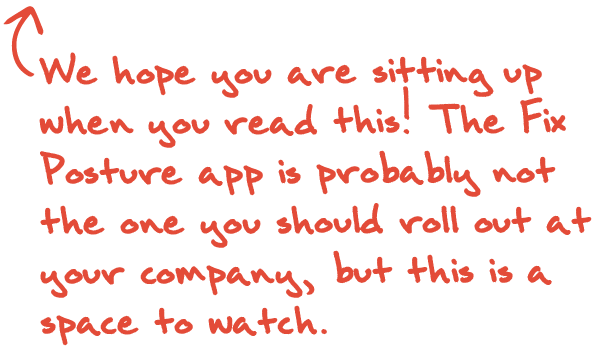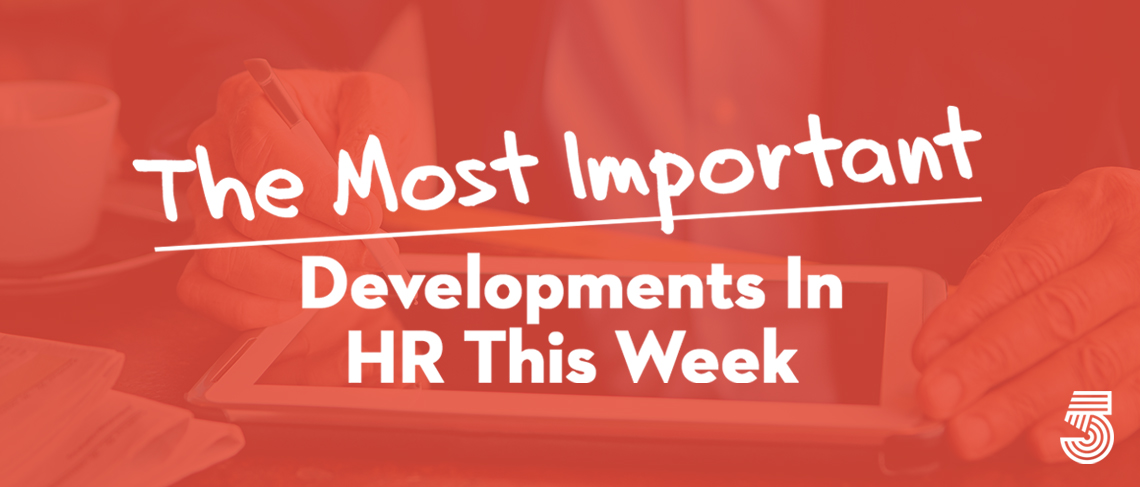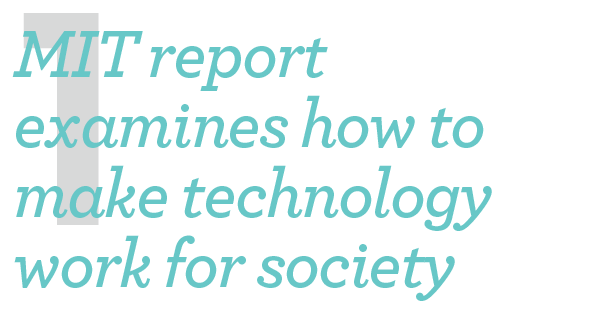
The bots aren’t coming for our jobs anytime soon, but another kind of revolution needs to take place as a result of automation, according to a new report by MIT. The report, which represents the initial findings of MIT’s Task Force on the Work of the Future, punctures some conventional wisdom and builds a nuanced picture of the evolution of technology and jobs. In recent decades, technology has contributed to the polarization of employment, disproportionately helping high-skilled professionals while reducing opportunities for many other workers, and new technologies could exacerbate this trend. At a time of historic income inequality, a critical challenge is not necessarily a lack of jobs, but the low quality of many jobs and the resulting lack of viable careers for many people, particularly workers without college degrees. With this in mind, the work of the future can be shaped beneficially by new policies, renewed support for labor, and reformed institutions, not just new technologies. Broadly, the task force concludes, capitalism in the U.S. must address the interests of workers as well as shareholders. MIT News

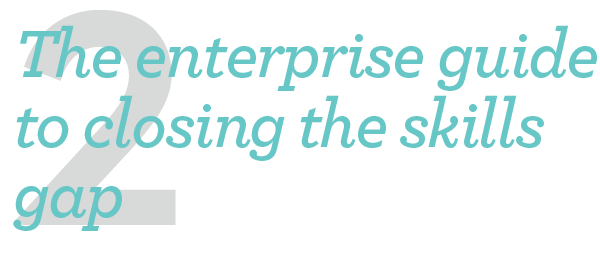
Arguably, one of the greatest threats facing organizations today is the talent shortage. Executives recognize the skills gap. They know it’s both real and problematic. But most of their organizations don’t appear to be actively or effectively tackling the issue. The result is a looming global talent shortage with the power to severely impact individuals and economies worldwide. The skills challenge will not dissipate; in fact, it’s increasing in severity. Global labor markets are only tightening as unemployment rates continue to decline. Compounding the issue, new skills requirements continue to emerge, while other skills are becoming obsolete. And while digital skills remain vital, executives tell us soft skills have surpassed them in importance. Amid all this, the half-life of skills continues to shrink, while the time it takes to close a skills gap has ballooned. As organizations scramble to meet their talent needs, many are making adjustments to their education and experience requirements just to fill roles. Organizations must find ways to stay ahead of skills relevancy. IBM Institute for Business Value
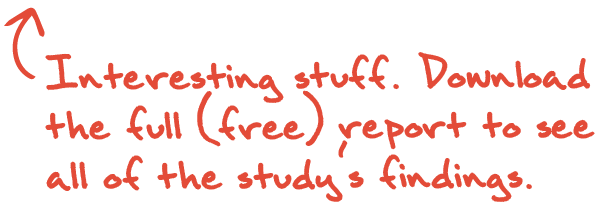
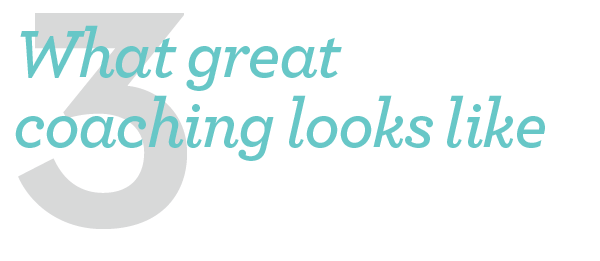
There’s a new podcast about coaching this week on HBR. Richard Boyatzis, a prof at Case Western Reserve University who has spent decades studying what really motivates people to make smart personal and professional decisions, talks about how we all do better at making these decisions if we get help from an effective coach. (Agreed!) He says that every professional can benefit from having a coach — and serving as one for someone else. A coaching relationship should move beyond mentoring or sponsoring to focus on long-term values and aspirations. The best coaches encourage a positive mindset and ask probing questions to help people make the best choices, not only in their careers but also in their personal lives. HBR Ideacast
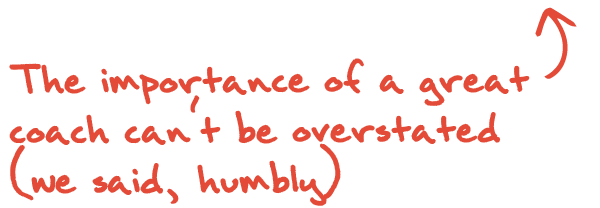
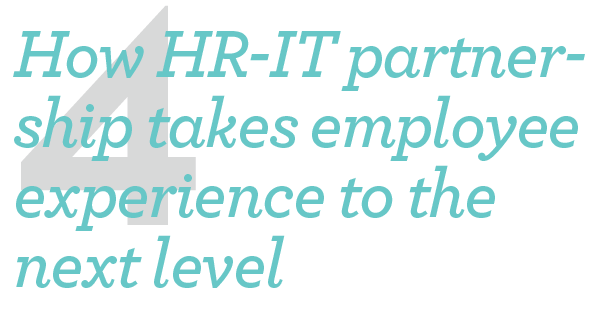
Susan Insley, VP of HR at VMWare writes about the importance of IT in boosting EX, specifically in the quest to hire the best and brightest. She shares how they’re doing it at VMWare: “Employee experience matters. In a recent global survey, 73% of employees and HR decision-makers agreed ‘the flexibility of tools I might need to use for work would influence my decision to apply or accept a company’s position.’ As the talent market has tightened, candidates are increasingly paying attention to a company’s digital experience. With this in mind, we’re working alongside our colleagues in IT to improve employee technology, workstyle, and culture. Everything from recruiting and onboarding to learning development and inclusion is under consideration, so HR and IT can see what employees want and make meaningful data-driven decisions to continuously improve. The goal: to positively impact the overall employee experience.” HR Technologist
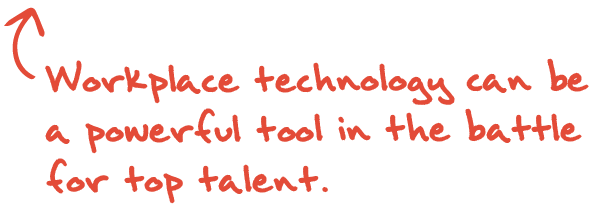
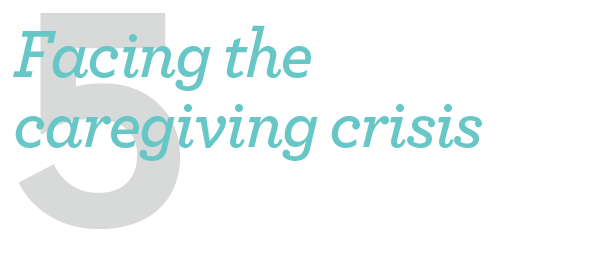
A very thought-provoking piece in Workforce about the challenges facing employees when they also find themselves having to be caregivers for their aging parents. Highlighting one woman’s story, the article illustrates the dilemmas faced by many caregivers who must choose between what’s best for their families and what’s best for their careers. It also sheds light on the complexities of caregiving in a time of great demographic change. Older people will outnumber children for the first time in U.S. history by 2030, traditional family structures are changing with families getting smaller and more geographically dispersed, and thanks to medical advances, people are living longer with disabilities and chronic conditions. This is resulting in a caregiving crisis that many employers are failing to acknowledge or understand, according to a Harvard Business School study released in January. “The Caring Company” report highlights a disconnect between the kinds of support caregivers in the workplace need and what most companies provide. Workforce
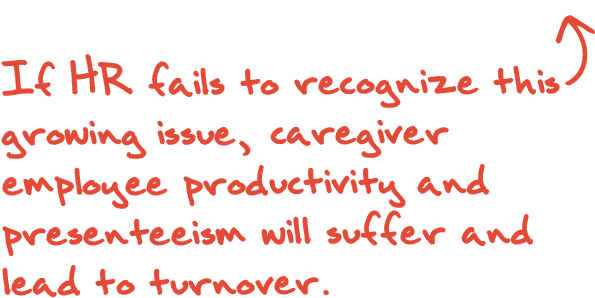
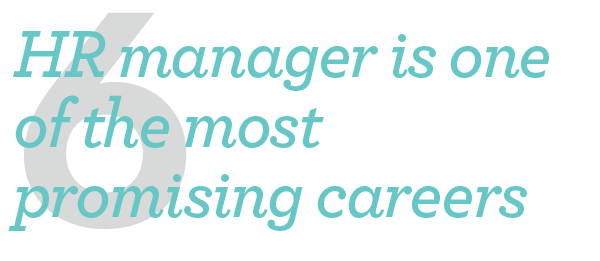
With all the focus HR puts on hiring the best and the brightest for their companies, it’s nice to see HR itself getting some love from the Bureau of Labor Statistics. HR manager ranked 35th out of 800 occupations in the U.S., based on new employment-projection data released by the BLS and scored by The Wall Street Journal. The Journal‘s ranking is based on the highest average tallies of both projected annual job openings through 2028 and median salaries for 2018. HR is one of the fastest-growing fields in the United States. Employment of human resource managers is projected to grow 7% by 2028, faster than the average for all occupations (5.2%). That translates to about 14,400 projected job openings annually. SHRM
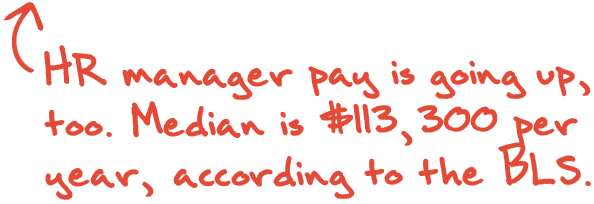
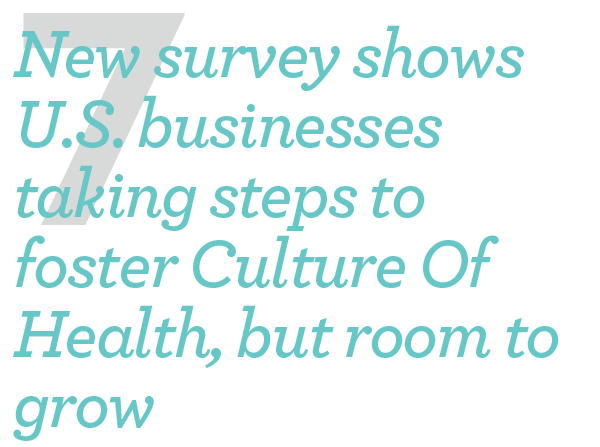
This study measured corporate CoH along four dimensions – promotion of employee, environmental, consumer, and community health and well-being. It found that businesses took 38% of health-related actions included in the survey. In other words, while the private sector is taking steps to foster health and well-being, there is a lot more that can be done, even among those currently taking the most action. Fewer than half of businesses, however, perceived a positive return on their CoH investments. So, strengthening the business case for a corporate CoH is necessary to drive increased private sector investments in health and well-being. Harvard School of Public Health
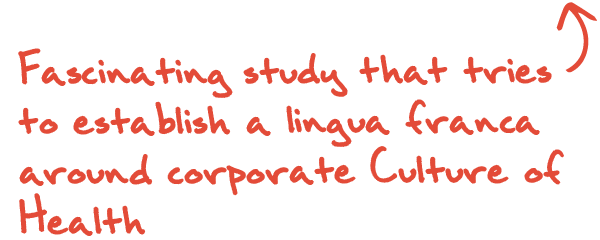
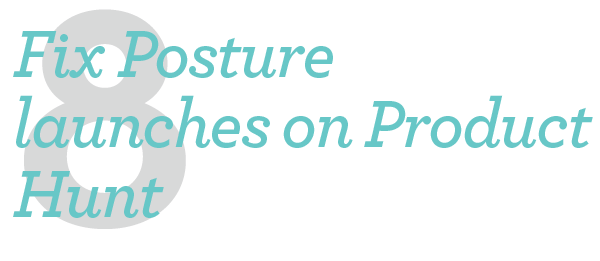
Over the past several years, a myriad of doodads, apps and wearables have cropped up to help with our (collective) poor posture. It turns out most people slouch more as they stare at a computer screen all day. Yesterday, Fix Posture launched on Product Hunt with a ~creative~ tactic to solve your slouch. The app was made by UX designer Olesya Chernyavskaya, and it simply blurs your screen if you don’t maintain good form while you work. How? It checks your position using your webcam. Rightfully so, some people had some concerns about your webcam so brazenly watching you. Product Hunt
